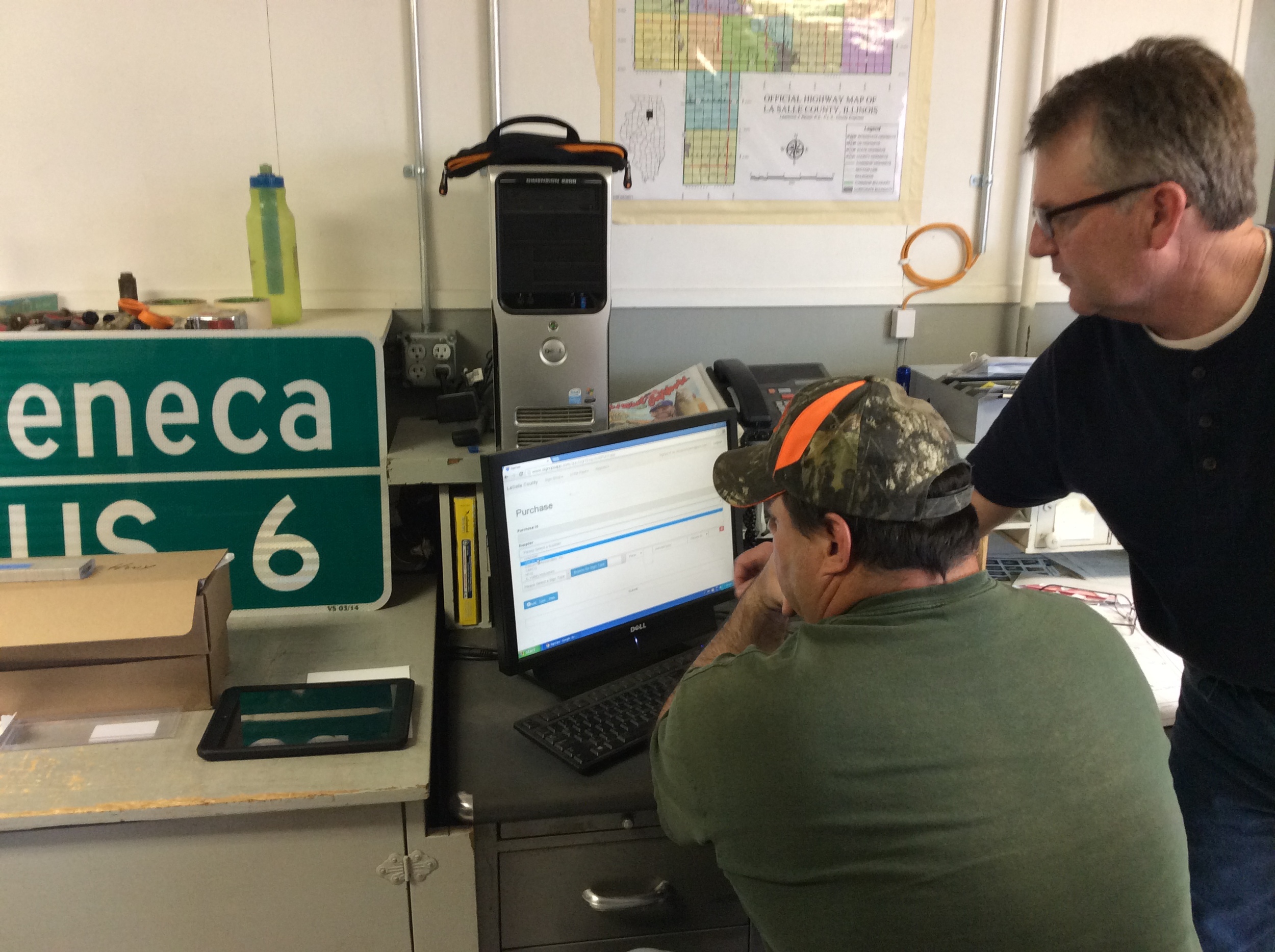A new way of doing traffic sign inventories... mobile apps & barcodes
A look back: Cloudpoint's 2014 Year in Review
First Flight: We've come a long way from Kitty Hawk, NC
First flight of the Wright Flyer I, December 17, 1903, Orville piloting, Wilbur running at wingtip. http://en.wikipedia.org/wiki/Wright_brothers
A close up of one of the props on Cloudpoint's first quadcopter which was later dubbed "Icarus".
It's been over 111 years since the birth of powered aviation and its amazing to think of where we've gone. Cloudpoint conducted its first successful GPS-guided aerial mapping test flight on June 9, 2014 at the Roanoke Apostolic Christian cemetery. Height: 150 ft, Speed: 6 mph, Flight time: 8 minutes
Mapping at Sonic Speed
Cloudpoint's new Chevy Sonic with almost the whole crew loaded inside.
In July we purchased our first company vehicle, a Chevy Sonic, from Sam Leman in Eureka, IL. The logo and lettering by Kat-n-Mouse Graphics of Roanoke. This has been a great vehicle for us as we put many miles on traveling throughout the state to our various clients.
Signs of Success
On May 1 we successfully rolled out our first custom application solution called SignOps, a sign inventory management solution using barcode tags for asset management. LaSalle County was the first project where we tagged over 6,000 signs with barcodes and provided a complete turn-key mangement solution with the SignOps application.
Getting Attachments down from ArcGIS Online
Using Amazon S3 in Enterprise GIS
So you can't afford to replace your Traffic Signs?
Some people worry that they have to replace all of their street or traffic signs that are not in compliance with the minimum retroreflectivity requirements as set forth in the Manual on Uniform Traffic Control Devices (MUTCD). This is not always the case however. The objective of the guidelines is to get street departments , public works officials, and transportation agencies is to establish a management method to maintaining their signs. The management method concept helps ensure that those organizations are doing all that they can, with the time and money they have to work with, to keep traffic sign reflectivity at adequate levels for the traveling public. If you've ever seen traffic signs that are not maintained it can be an ugly sight. So you ask yourself, How do I begin? Here are some steps that will help you accomplish this without bursting your budget or breaking the bank:
- Evaluate Management/Assessment Methods
- Complete a Sign Inventory
- Document Deficient Signs
- Choose your desired Management/Assesment Method
- Begin Replacement/Upgrade of Deficient Signs According to Your chosen Management Method
Some important things to remember:
- Document all sign maintenance activities
- Document all future sign purchases and manufacture dates
- Order appropriate sheeting for all future signs
- Follow your written policy as close as possible
More information on sign retroreflectivity for small local agencies can be found in the Retroreflectivity Toolkit published by the FHWA by visiting http://safety.fhwa.dot.gov/roadway_dept/night_visib/retrotoolkit/index.htm










